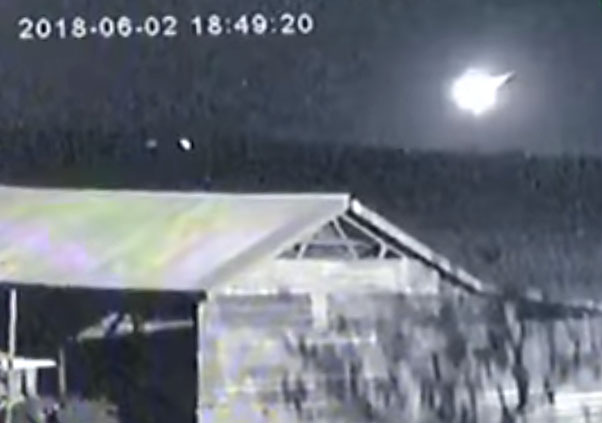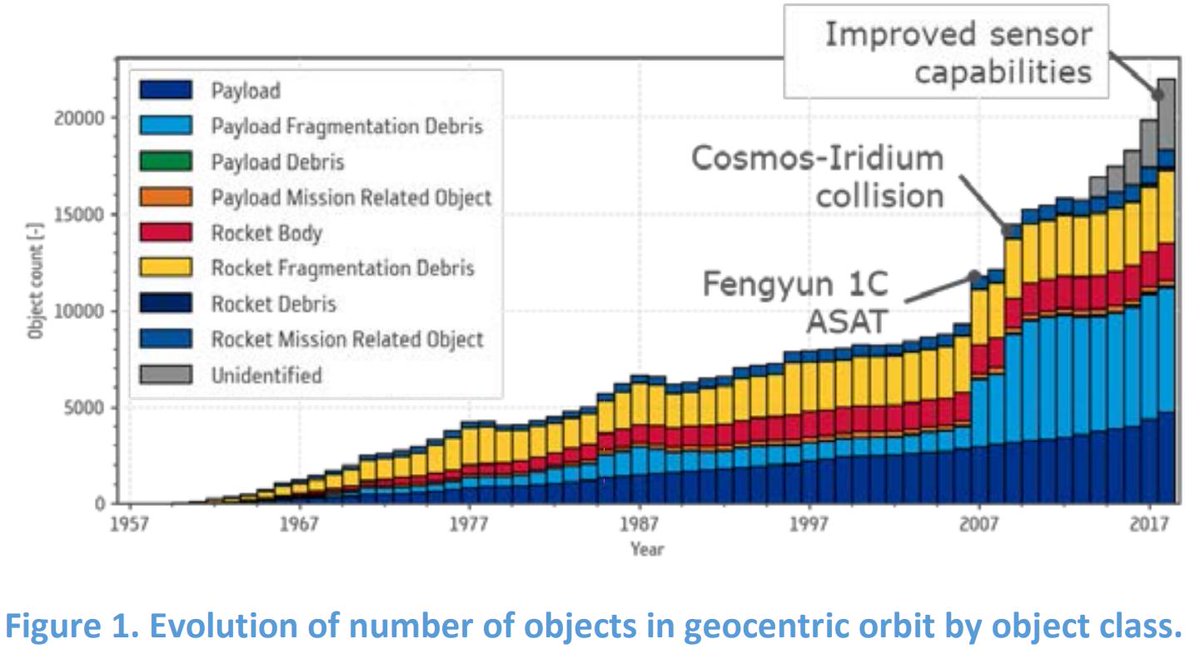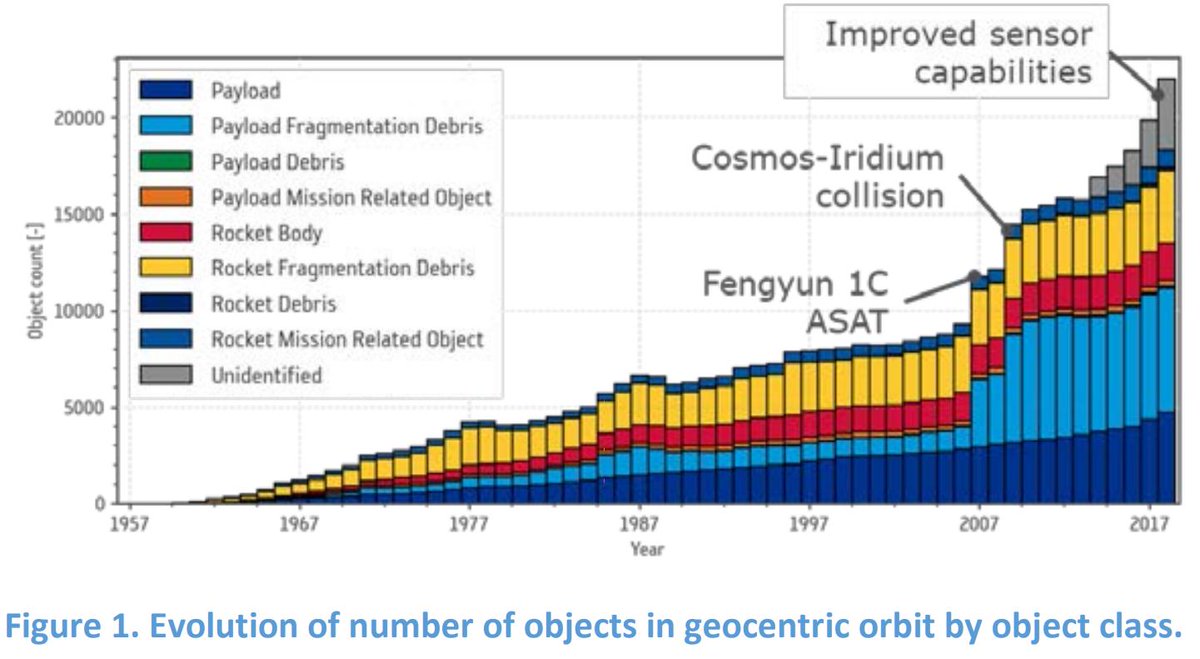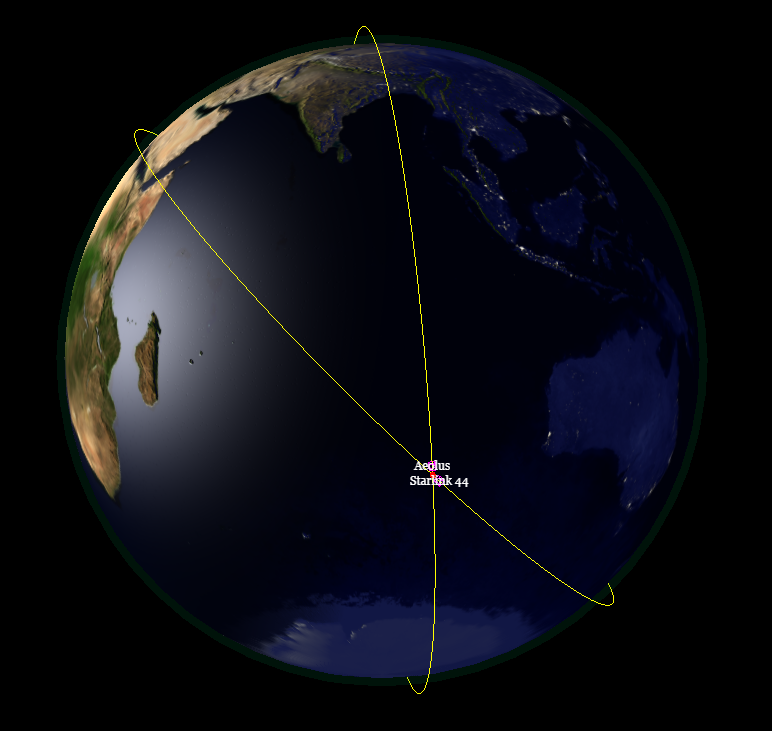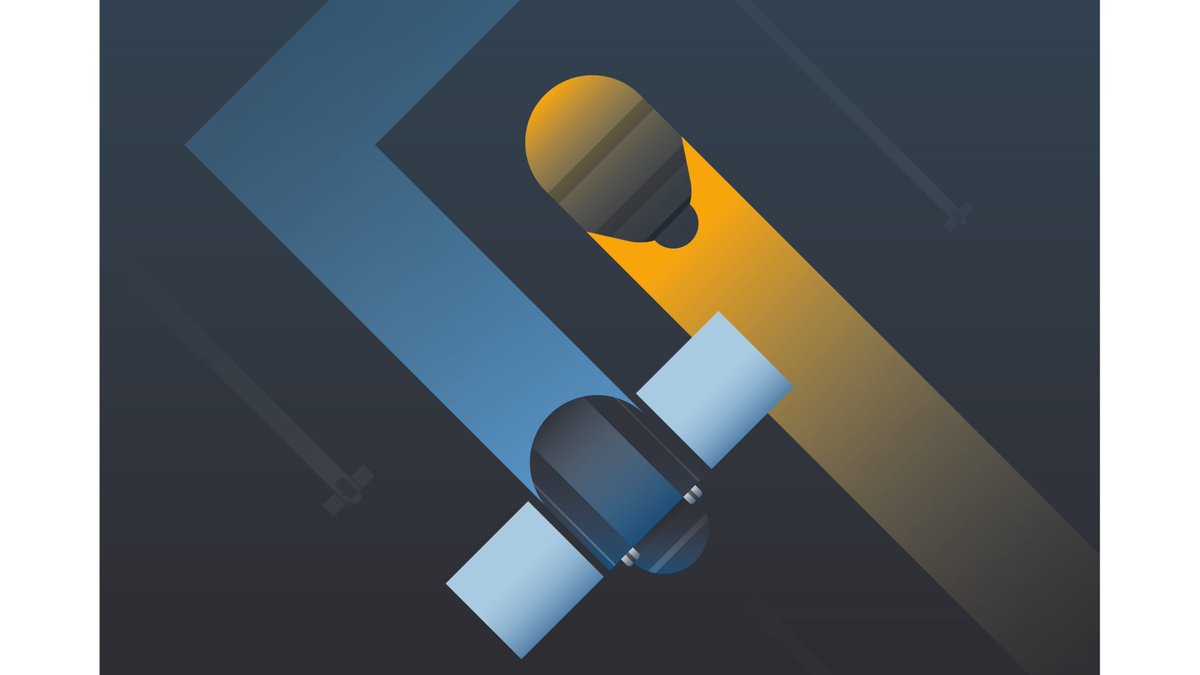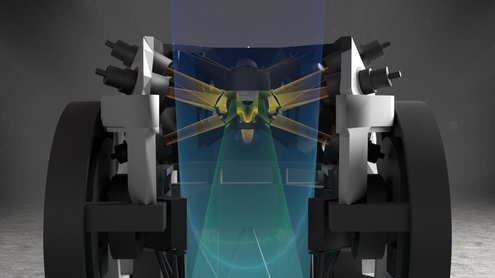
ESA's #missioncontrol centre is preparing for the launch of #Sentinel6 on 10 Nov.
In particular, teams are rehearsing the 'Launch and Early Orbit Phase' – the riskiest period in the fledgling spacecraft's life
Find out more🛰️👉esa.int/Enabling_Suppo…
In particular, teams are rehearsing the 'Launch and Early Orbit Phase' – the riskiest period in the fledgling spacecraft's life
Find out more🛰️👉esa.int/Enabling_Suppo…

Like a bird hatching from the egg, this is the period in which a new spacecraft unfurls its solar arrays, wakes up to test its core functioning and manoeuvres into the correct path, all the while at its most vulnerable to the hazards of space.
#Sentinel6
#Sentinel6

The @CopernicusEU #Sentinel6 Michael Freilich satellite will ensure the 'continuity of service’ of the Jason missions currently providing data on Earth’s changing oceans, but reaching the end of their lives. 

This adds a layer of complexity to already tricky operations, as the new #Sentinel6 needs to fly in tandem with the Jason-3 spacecraft it will replace, until the latter is moved to a different orbit. 

Timing here is extremely important, as #Sentinel6 needs to fly in tandem with the polar orbiting Jason 3 spacecraft at about 1300 km altitude, falling into position behind it with a separation of just 30 seconds, or about 230 kilometres.
#SpaceOperations
#SpaceOperations

Teams at ESOC will perform two orbit manoeuvres during the first few days, edging the spacecraft closer to where it needs to be. As #Sentinel6 takes over from Jason, @eumetsat will take over the satellite command and control from ESA, after the third day. 
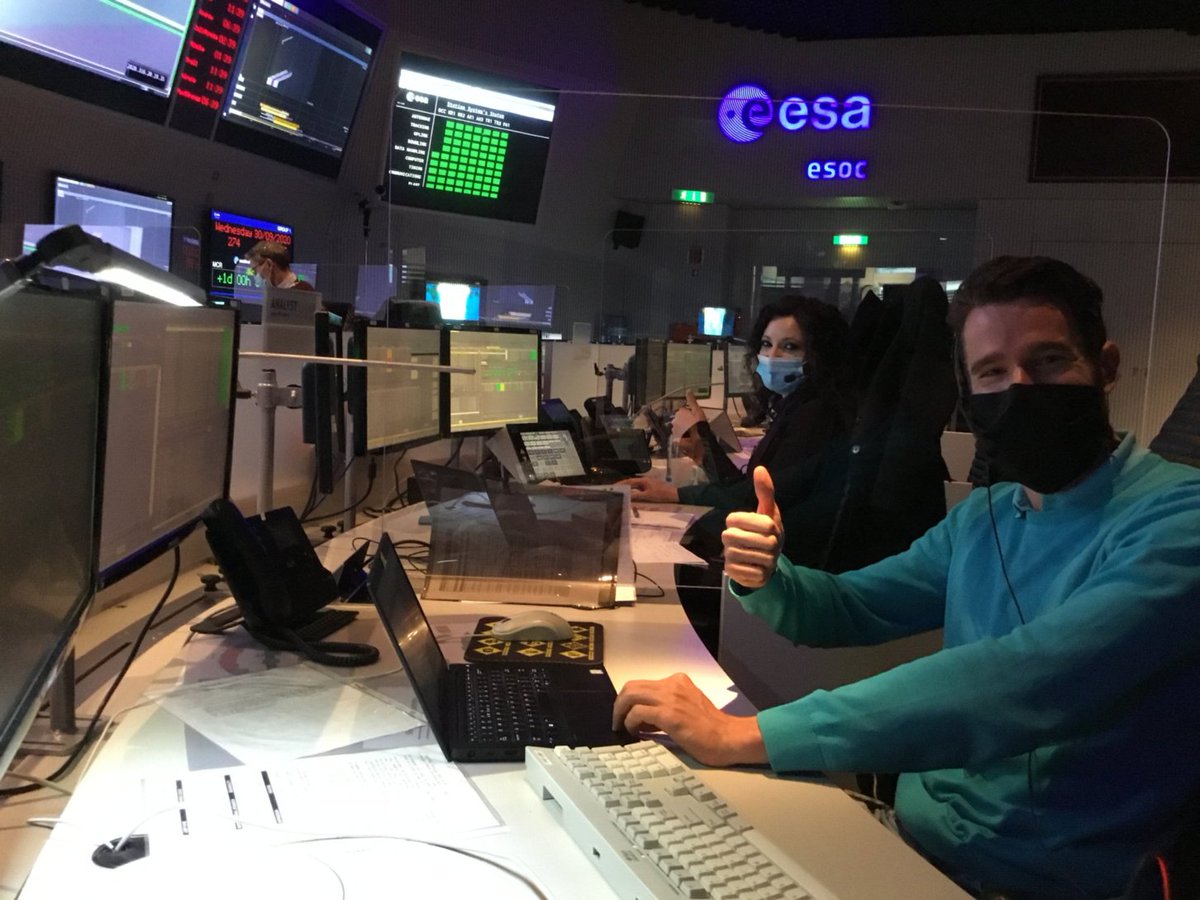
#Sentinel6 will fly in one of the busiest space highways, low-Earth orbit. ESA’s #SpaceDebris Office will be on hand throughout the critical early days, monitoring and calculating the risk of collisions with swirling space debris and advising on how best to keep the mission safe 

ESA’s #Kiruna #groundstation will track the spacecraft’s first days, while the North Pole Satellite Station in Alaska is expected to catch its first signals from space after separation from the launcher. 

While #Sentinel6 is one of the European Union’s family of @CopernicusEU missions, its implementation is the result of the unique collaboration between ESA, @NASA, @eumetsat and @NOAA, with contribution from the French space agency @CNES.
• • •
Missing some Tweet in this thread? You can try to
force a refresh



